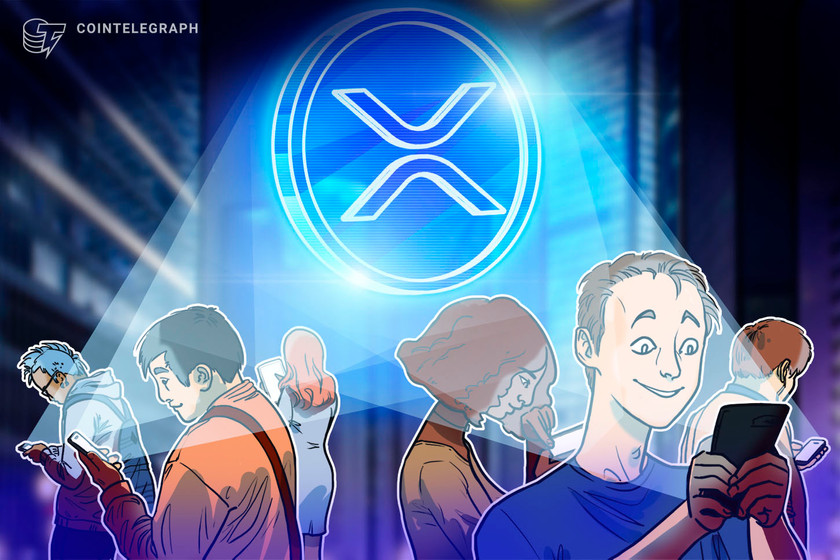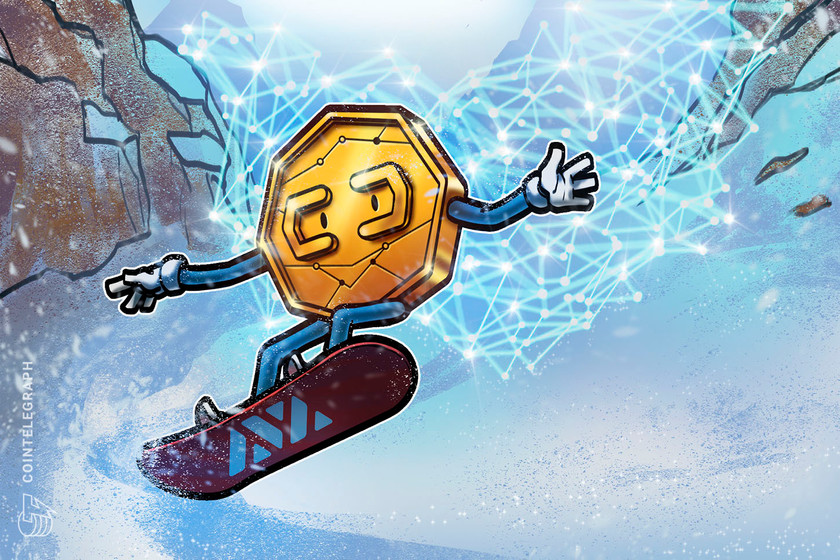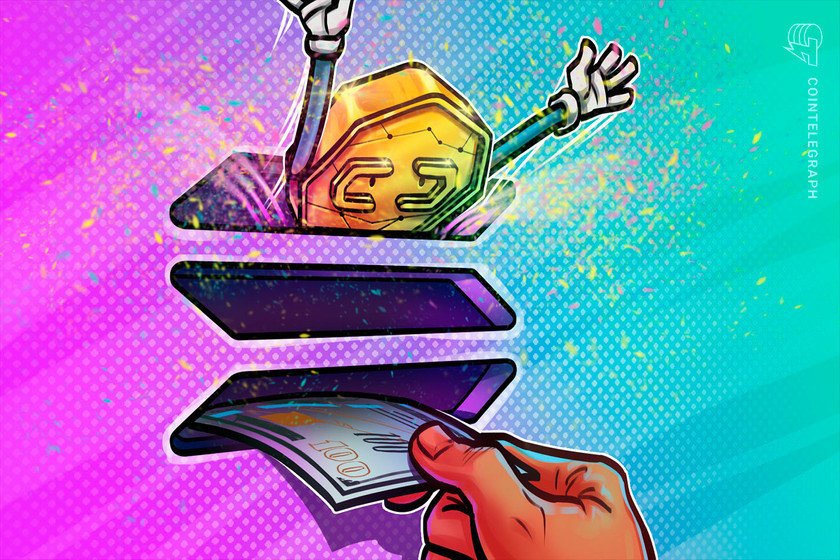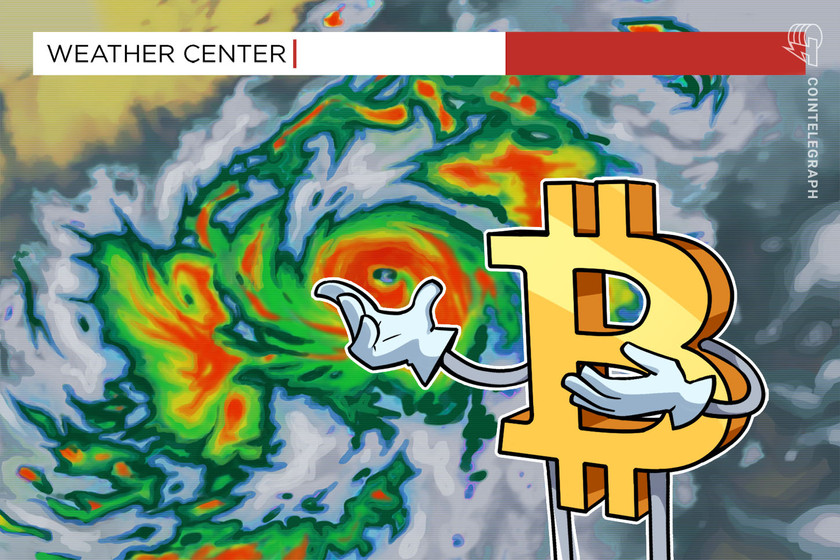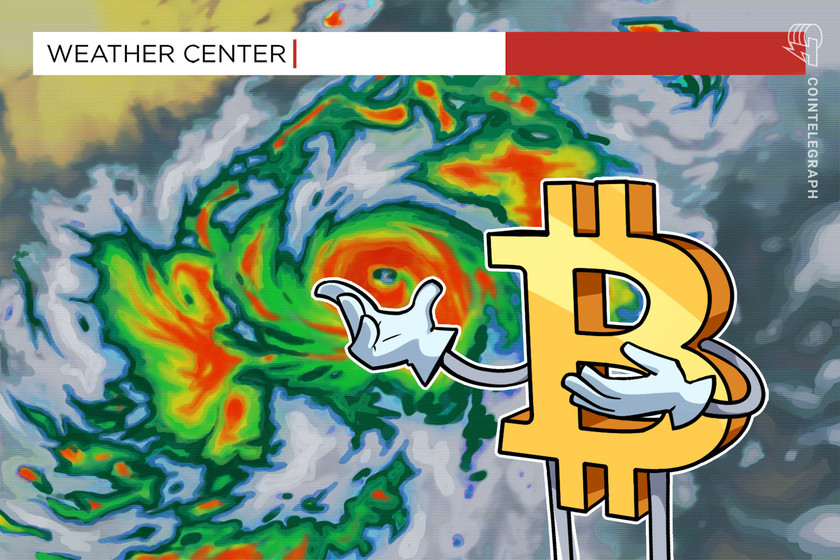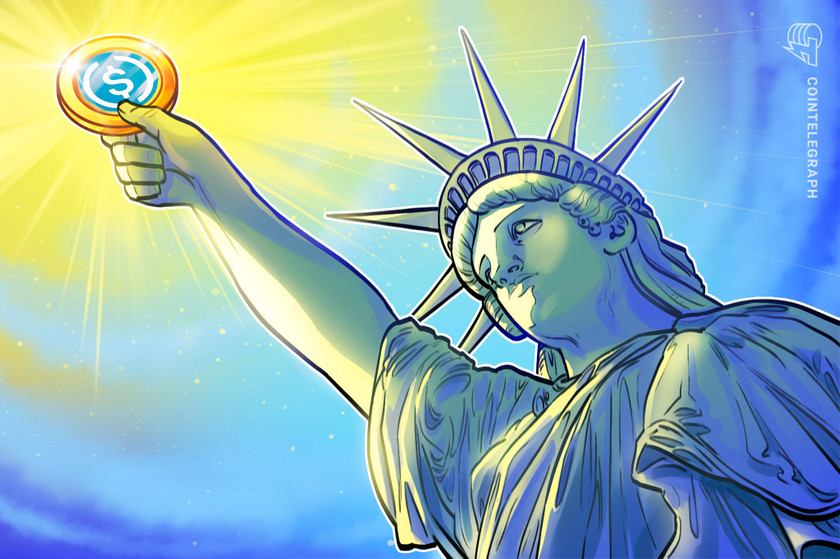Ethereum price turns bullish ahead of next week’s Shanghai and Capella upgrades


ETH price found news bullish momentum as traders gear up for next week’s major network upgrades.
With one week to go until the Ethereum Shanghai and Capella upgrades on April 12, all eyes are on Ether(ETH). The second-largest cryptocurrency by market capitalization shrugged off rumors and regulatory action against exchanges to hit a seven-month high of $1,922 on April 5.
Ether price has momentum, and here are three strong reasons why.
Multiple positive price achievements
According to data from Cointelegraph Markets Pro and TradingView, Ether price has posted gains on the seven-day, one-month and three-month timeframes despite market volatility. Ether price gains are also notable from the year-to-date perspective, showing 59% growth.


Ether’s ability to break resistance levels is leading some analysts to believe a $3,000 price target is on the horizon in Q2 2023. The trend shows that whale accumulation remains strong, growing by 0.5% in March, according to data from analytics provider Santiment.
The bullish buying activity may prove on-chain data correct that Ether sell pressure after the Shanghai hardfork will be a non-event.
Related: US enforcement agencies are turning up the heat on crypto-related crime
The uptick in proof-of-stake validation by placing Ether in staking contracts is bullish for the Ethereum ecosystem. Since launching on Aug. 4, 2021, the Ethereum network has witnessed over 18 million ETH staked on the blockchain.


The emergence of liquid staking derivatives has reduced the barrier to entry to participate in Ether staking. Lido, the leader in LSDs and the largest single entity by value, has close to one-third of all staked EtTH. Including interest received, Lido contracts hold 5.9 million ETH from 137,000 unique depositors.


Ethereum network TVL surges
The total value locked in the Ethereum network is also rising, partially as a result of Lido’s protocol comprising 22.4% of the TVL on the Ethereum network. Despite the TVL starting to drop on March 10 due to regulatory and macro headwinds, the decentralized finance market seems to be recovering.
Related: 3 key Ethereum price metrics cast doubt on the strength of ETH’s recent rally
On April 5, TVL reached $50.8 billion, nearly reaching the yearly high of $51.4 billion from Feb. 21.


The strength of Ether price ahead of the Shanghai and Capella upgrades is visible on-chain through increased usage, whale accumulation and a steady uptick in staking. With only seven days remaining until the upgrade, traders expect continued volatility in Ether price.
This article does not contain investment advice or recommendations. Every investment and trading move involves risk, and readers should conduct their own research when making a decision.
The views, thoughts and opinions expressed here are the authors’ alone and do not necessarily reflect or represent the views and opinions of Cointelegraph.


